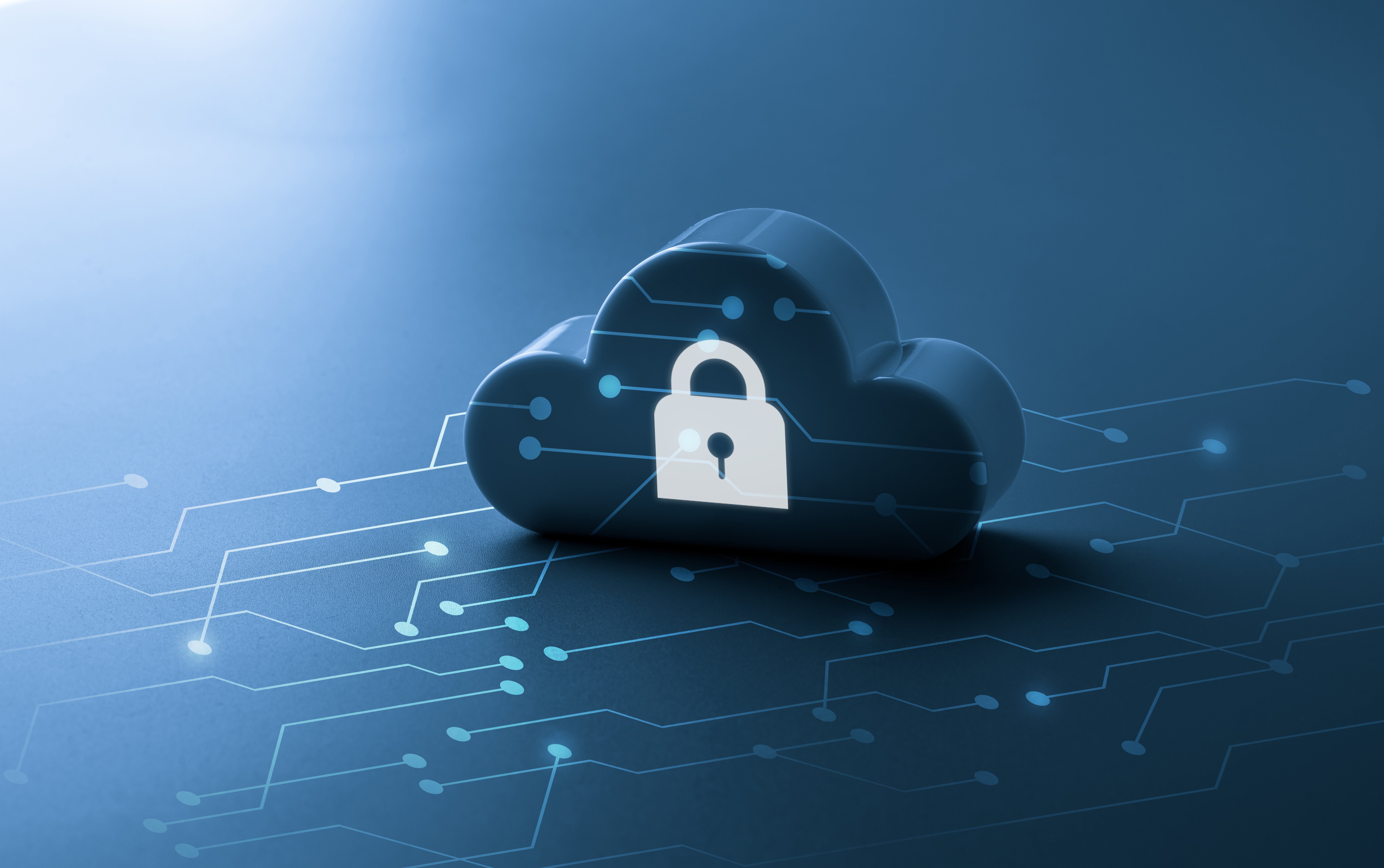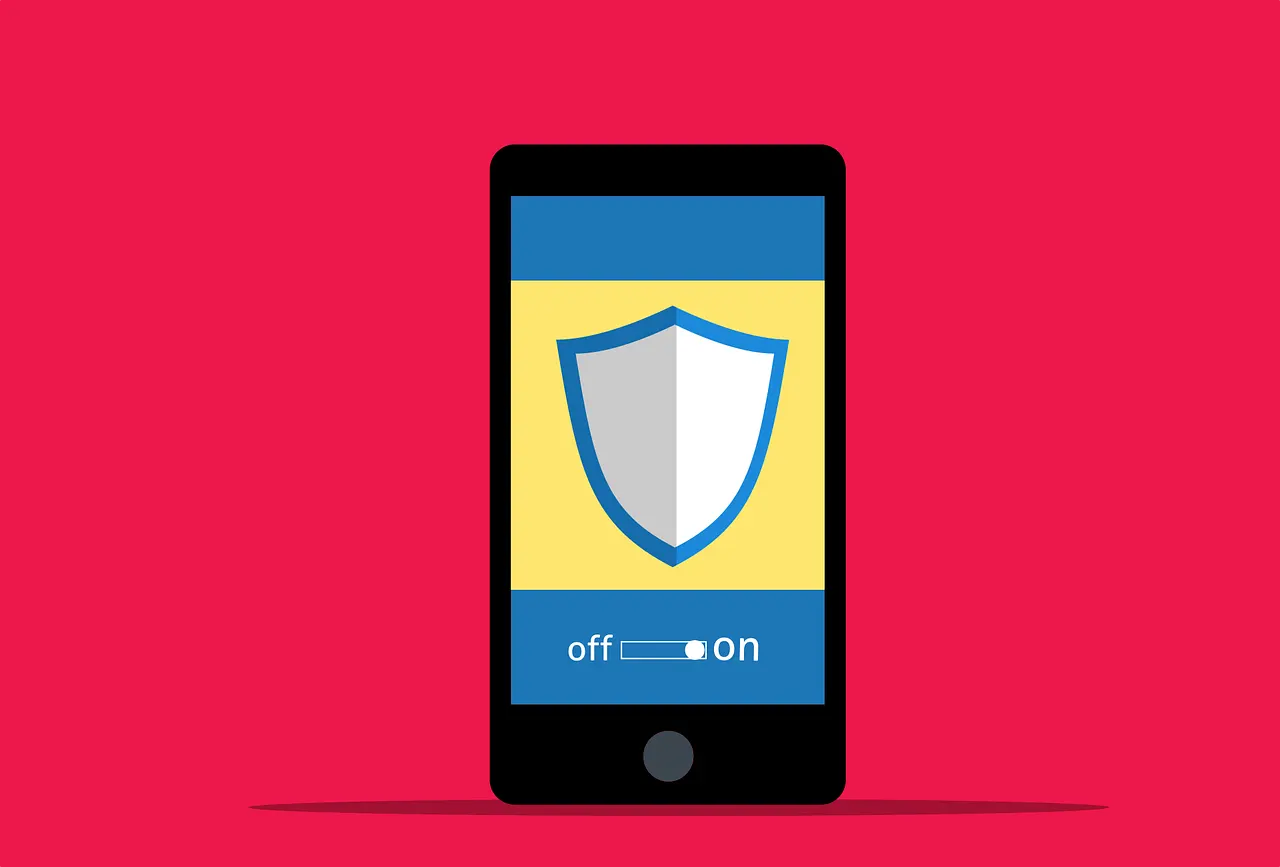Securing the Cloud: Best Practices, Threats, and Strategies
Securing the Cloud: Best Practices, Threats, and Strategies

Cloud computing delivers the scalability and efficiency that modern businesses rely on but also introduces some significant security challenges. High-profile breaches, insider threats, and misconfigurations show the need for a strategic, comprehensive approach to cloud security involving governance, technology, and organizational culture.
A key starting point is recognizing that security is a shared responsibility between cloud providers and customers. Providers (e.g., Oracle Cloud Infrastructure) protect the underlying infrastructure—physical data centers, network layers, and hypervisors—while customers must secure applications, data, and access. Misconceptions about these roles can leave data vulnerable. Customers must also enforce encryption, configure access policies, and monitor for abnormalities. Failure to do so can expose critical information and lead to damaging attacks.
Key Cloud Security Threats
Cloud environments face distinct, evolving risks. Understanding them is crucial for effective defenses:
-
Data Breaches: Often caused by weak access controls or misconfigurations, such as publicly exposed storage buckets or improper permissions. These incidents can result in financial losses, reputational harm, and regulatory penalties.
-
Insider Threats: Malicious or accidental actions by those with legitimate access—employees or contractors—can lead to misuse of data, accidental disclosure, or falling victim to phishing. These threats are difficult to mitigate because insiders already have authorized access.
-
Account Hijacking: Attackers use stolen credentials or phishing to gain control of cloud accounts. Once in, they may exfiltrate data or disrupt services. As organizations rely more on the cloud, account hijacking becomes increasingly common.
-
Advanced Persistent Threats (APTs): Skilled adversaries use stealthy, long-term methods to infiltrate systems and access valuable data or intellectual property. APTs often remain undetected for extended periods, causing sig damage.
By fully understanding these threats, organizations can strengthen access controls, audit permissions, and implement advanced detection tools. A proactive, layered approach is key.
Building a Secure Cloud Environment: Unifonic’s Best Practices
Unifonic’s cloud security framework addresses evolving threats while ensuring data confidentiality, integrity, and availability.
Identity and Access Management (IAM)
Effective access control forms the foundation of Unifonic’s cloud security strategy. Recognizing its critical importance, Unifonic employs the following IAM measures to safeguard its cloud environment:
-
Multi-Factor Authentication (MFA): Multiple authentication factors minimize unauthorized access even if credentials are compromised.
-
Role-Based Access Control (RBAC): Access is granted strictly by user role, following the principle of least privilege.
-
Single Sign-On (SSO): Users access multiple applications with one set of credentials, improving security and reducing administrative overhead.
Data Security
Data security is another critical pillar in Unifonic’s framework. To protect sensitive information, the following measures are implemented:
-
Encryption at Rest and in Transit: Data at rest is encrypted (e.g., AES-256 or AES-512), and in-transit data is secured using TLS 1.3.
-
Key Management: Robust key generation, storage, and rotation reduce risks of key compromise.
-
Data Classification and Data Loss Prevention (DLP): Data is classified by sensitivity and monitored to prevent unauthorized transfers, meeting requirements like the Saudi PDPL.
Network Security
Securing the underlying network infrastructure is vital for protecting sensitive workloads and data. Unifonic employs a multi-layered approach:
-
Virtual Cloud Networks (VCNs): Creating isolated environments ensures each tenant’s data and apps remain separate.
-
Ingress and Egress Filtering: Strict controls regulate traffic entering and leaving the network, mitigating unauthorized access or exfiltration.
-
Web Application Firewalls (WAFs): WAFs guard against threats like SQL injection and cross-site scripting.
-
Intrusion Detection and Prevention Systems (IDPS): Continuous monitoring detects suspicious activities and blocks potential threats.
Container Security
With the growing use of containerized applications, Unifonic employs comprehensive measures to secure container environments and their orchestration platforms. These measures include:
-
Trusted Container Images: Only verified, secure base images are allowed, and scanned before deployment to prevent introducing vulnerabilities.
-
Runtime Protection: Continuous monitoring detects unusual behavior, enforcing isolation and resource limits.
-
Orchestration Security: Strong encryption, access controls, and prompt patching minimize risks in orchestration layers.
-
Continuous Monitoring: Container-specific tools detect anomalies and policy violations in real-time.
Automation and DevSecOps
Integrating security into development processes speeds detection and mitigation of vulnerabilities: Through its DevSecOps framework, Unifonic ensures security is embedded into every stage of the software development lifecycle:
-
Infrastructure as Code (IaC): Automating secure, consistent configuration of cloud resources reduces human errors.
-
Static Application Security Testing (SAST) and Dynamic Application Security Testing (DAST): SAST checks source code for vulnerabilities early, while DAST simulates attacks on running apps.
-
Cloud Security Posture Management (CSPM): CSPM continuously monitors for misconfigurations, compliance issues, and risks, providing visibility into security posture.
-
Cloud Workload Protection Platforms (CWPP): CWPP solutions detect and mitigate threats, misconfigurations, and compliance issues across workloads in real-time.
-
SIEM (Security Information and Event Management): SIEM aggregates and analyzes data for real-time threat detection and incident response.
-
Automated Vulnerability Scanning: Integrated into the CI/CD pipeline for continuous identification and remediation of risks.
-
Automated Incident Response: Playbooks streamline containment and mitigation, reducing response times and operational impact.
Securing Serverless Architectures
The shift to serverless architectures introduces unique security challenges, which Unifonic addresses with tailored measures:
-
Input Validation: Strict validation prevents injection attacks and ensures the integrity of processed data.
-
Function Isolation: Each function runs in its secure environment, limiting cross-function threats.
-
Principle of Least Privilege: Functions have only the permissions they need, reducing potential damage if compromised.
-
Secrets Management: Sensitive data (e.g., API keys, credentials) is stored and retrieved through cloud-native secrets management with strong encryption (AES-256 or AES-512).
Building a Secure and Compliant Cloud: Unifonic’s Approach
Compliance and governance are central to Unifonic’s security strategy. It adheres to global standards like ISO 27001, ISO 27017, ISO 27018, SOC 2 Type 2, and CSA STAR Level 2, as well as Saudi Arabia’s PDPL, NCA standards, and Cybersecurity Framework (CST CRF). These measures build stakeholder trust and ensure data protection.
Regular Testing and Threat Monitoring
To ensure ongoing compliance and address evolving threats, Unifonic has established a rigorous governance structure. This includes:
-
Frequent Audits and Security Assessments: Internal and external reviews identify gaps and maintain compliance.
-
Comprehensive Documentation: Detailed records support audits and ensure accountability.
-
Regular Penetration Testing:
-
Internal Penetration Testing: Conducted twice yearly to find vulnerabilities in the cloud environment.
-
Third-Party Penetration Testing: Annual external tests provide unbiased assessments.
Continuous dark web monitoring alerts Unifonic to leaked credentials or exposed data, enabling swift corrective action.
Zero Trust Architecture
Unifonic applies a Zero Trust model: never trust by default, always verify. Controls are enforced at every access point:
-
Identity Verification: Robust authentication (e.g., MFA) ensures only verified users gain access.
-
Least Privilege Access: Users and systems receive minimal permissions.
-
Continuous Monitoring: User activity, device health, and network traffic are always checked.
-
Secure Micro-Segmentation: Sensitive workloads remain isolated, preventing lateral movement if compromised.
Building a Security-First Culture
Unifonic also encourages a security-first culture across the organization, emphasizing the importance of human responsibility in securing cloud environments. This includes:
-
Foundational Training for All Employees: Everyone learns best practices and threat identification.
-
Specialized Training Programs: IT staff and developers receive advanced security skills.
-
Hands-On Simulations: Practical exercises, like cybersecurity drills, prepare teams for real incidents.
-
Continuous Learning Initiatives: Regular updates on emerging threats keep staff vigilant.
By integrating compliance, Zero Trust principles, frequent testing, proactive threat intelligence, and a strong security culture, Unifonic builds a resilient, trusted cloud environment. This holistic approach ensures it remains secure and agile as cloud threats continue to evolve.
Related articles

26 July 2022
How to Keep Customers Safe with Authentication
Read more




